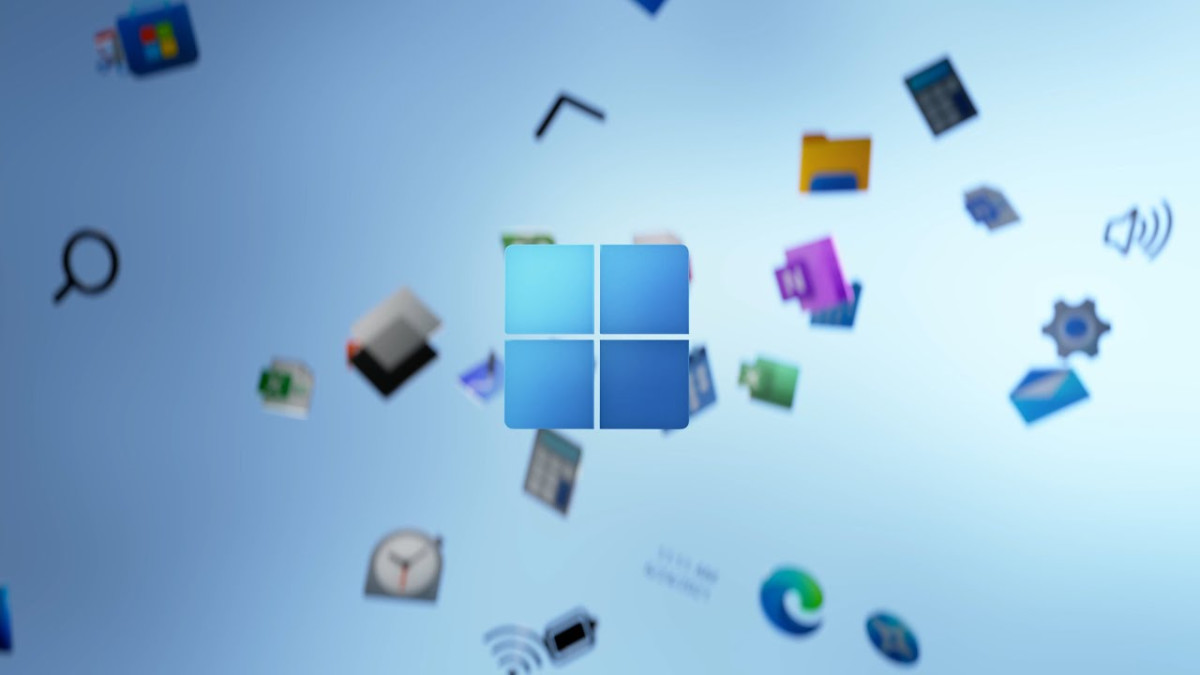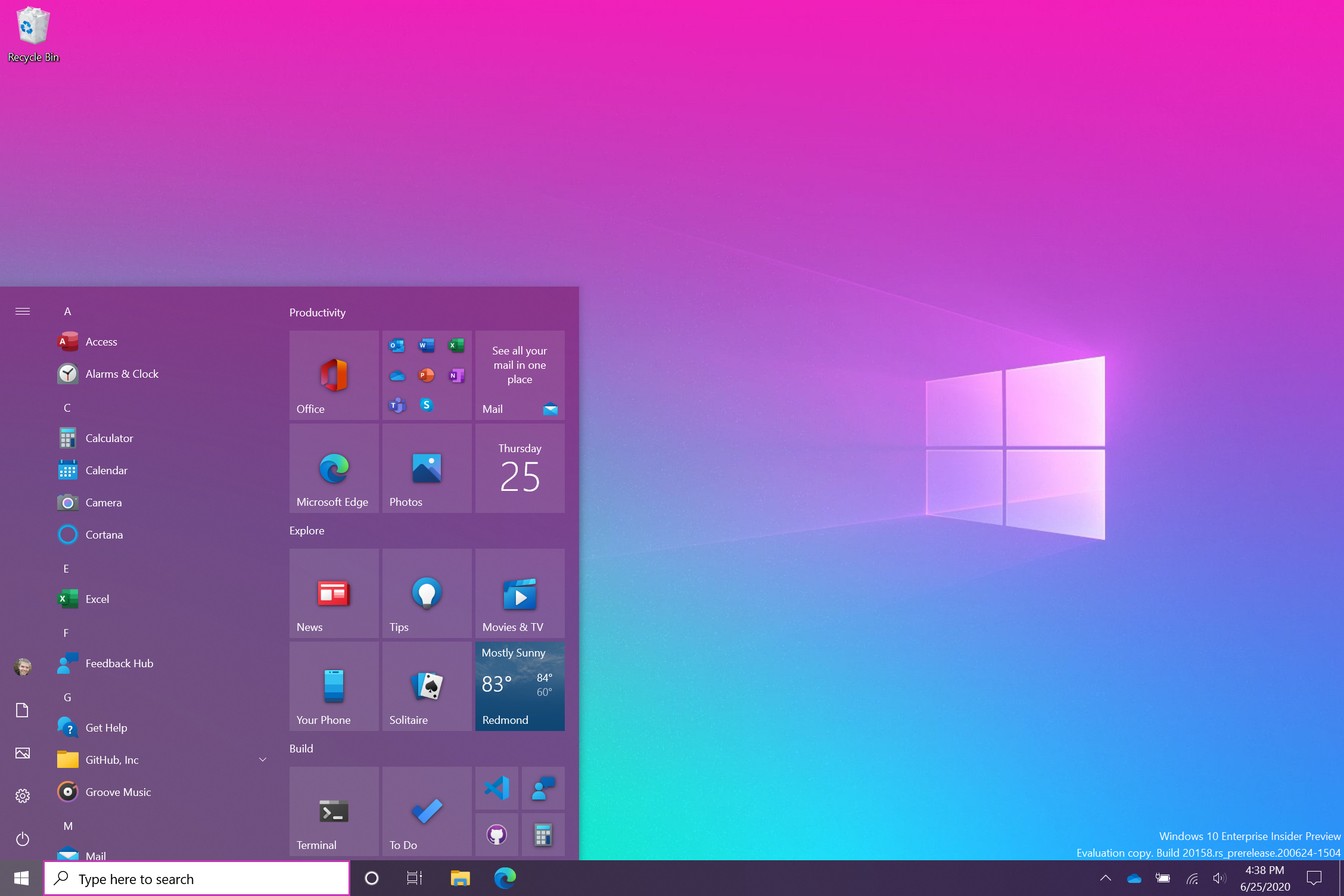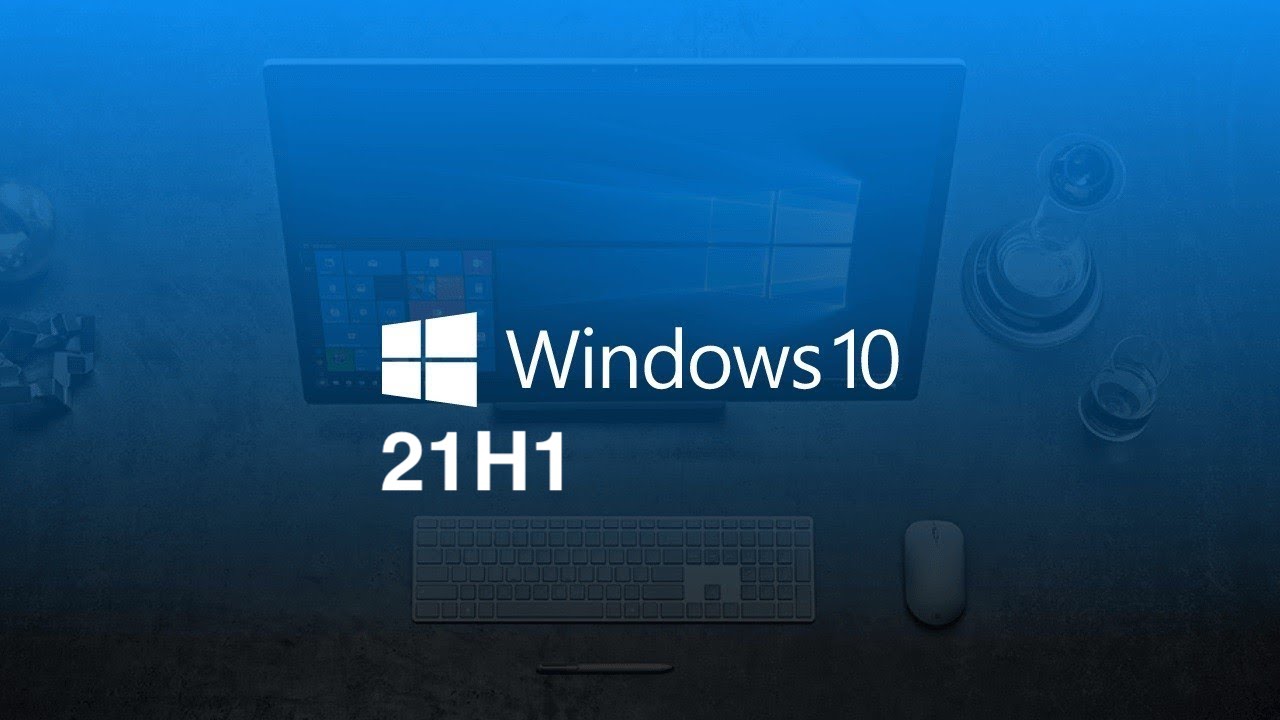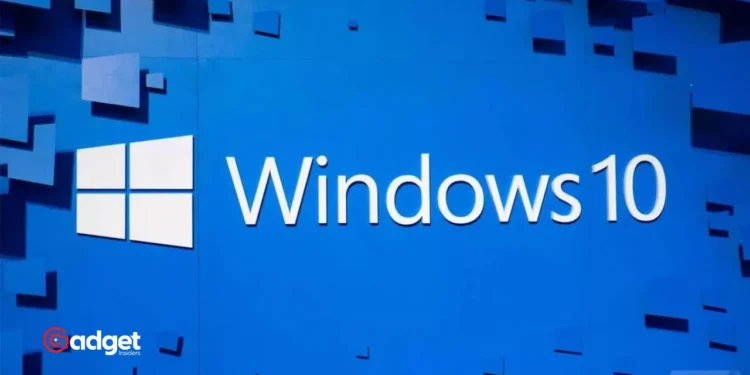After a notable hiatus, Microsoft is once again stoking the fires of innovation for Windows 10, reinvigorating its beta program with the first new build since 2021. This revitalization aims to engage the vibrant community of Windows Insiders, encouraging them to explore upcoming features and enhancements. With a clear call to action, Microsoft is beckoning tech enthusiasts to dive back into the Beta Channel, promising a suite of new developments poised to refine the user experience.

A Fresh Chapter in Windows 10 Evolution
The recent announcement from Microsoft marks a pivotal moment for Windows 10. Since the last beta build released to Insiders in the Beta and Release Preview channels three years ago, there has been a palpable void. Now, Microsoft aims to fill this gap by leveraging the insights and feedback of its dedicated user base.
To participate, users can navigate to Settings > Update & Security > Windows Insider Program. From there, selecting the Beta Channel after adjusting the current Insider Channel settings will ensure access to the latest pre-release features.
In the latest Beta Channel update (22635.3209) a different variant of the lock screen weather card is present. It's similar to the variant from Windows 10, complete with Calibri. It already appears to be rolling out. pic.twitter.com/pnFIr922Wi
— PhantomOcean3 🌳 (@PhantomOfEarth) February 17, 2024
Targeted Development and User Engagement
The Windows Insider team is enthusiastic about this new phase, noting, “To bring new features and more improvements to Windows 10 as needed, we need a place to do active feature development with Windows Insiders.” This move to reopen the Beta Channel is not just about testing stability and bugs but also about fostering a collaborative environment where users can influence the future trajectory of the OS.
Microsoft reassures users that opting into the Beta Channel won’t lead to an automatic upgrade to Windows 11, even for those systems that meet the new OS’s minimum requirements. This decision underscores Microsoft’s commitment to giving users control over their operating system experience, aligning with user preferences and hardware capabilities.

Navigating Between Channels: Flexibility and Control
For those adventurous enough to explore beyond Windows 10, switching to the Canary or Dev Channels will upgrade their system to the latest Windows 11 build. However, Microsoft has implemented a safety net, allowing users a brief period to revert to Windows 10, though this will require a clean installation.
The strategy here is clear: Microsoft is setting the stage for a gradual, controlled migration to Windows 11, while still supporting and valuing the community of users who prefer or require Windows 10 for their specific needs. This approach is particularly important as recent surveys, including one from Valve in May 2024, indicate that over 50% of Windows computers globally still operate on Windows 10.
The Road Ahead: Gradual Feature Rollouts
Microsoft’s strategy involves gradual rollouts of new features, with a toggle in the Windows Update settings that allows users to opt-in for immediate updates or receive them over time as they stabilize. This method ensures that all users, regardless of their appetite for risk, can benefit from new developments at a pace that suits their preferences.
As Windows 10 approaches its end of support in October 2025, Microsoft is committed to keeping the platform secure and functional with regular updates, ensuring that users can rely on a stable and supportive software environment until they choose to upgrade.

In summary, this resurgence in the Windows 10 beta program is a clear signal that Microsoft values user feedback and is committed to evolving its software in a way that respects the needs and expectations of its diverse user base. By fostering a dynamic and responsive development environment, Microsoft is not only enhancing Windows 10 but also setting a standard for future software development and user engagement.










